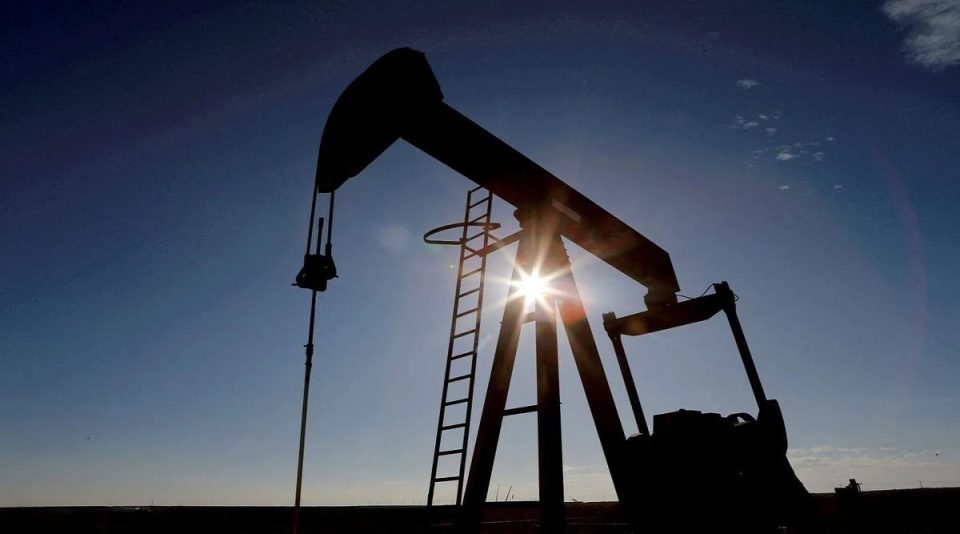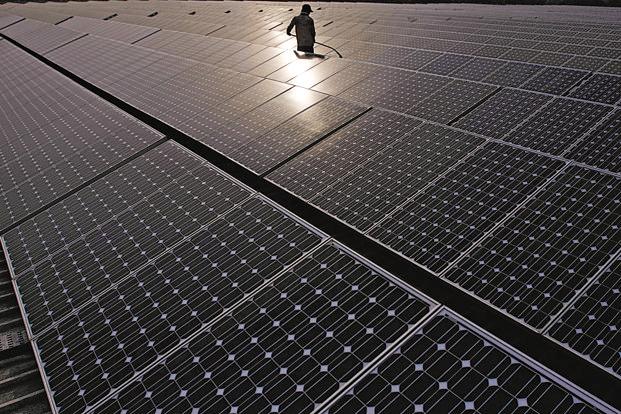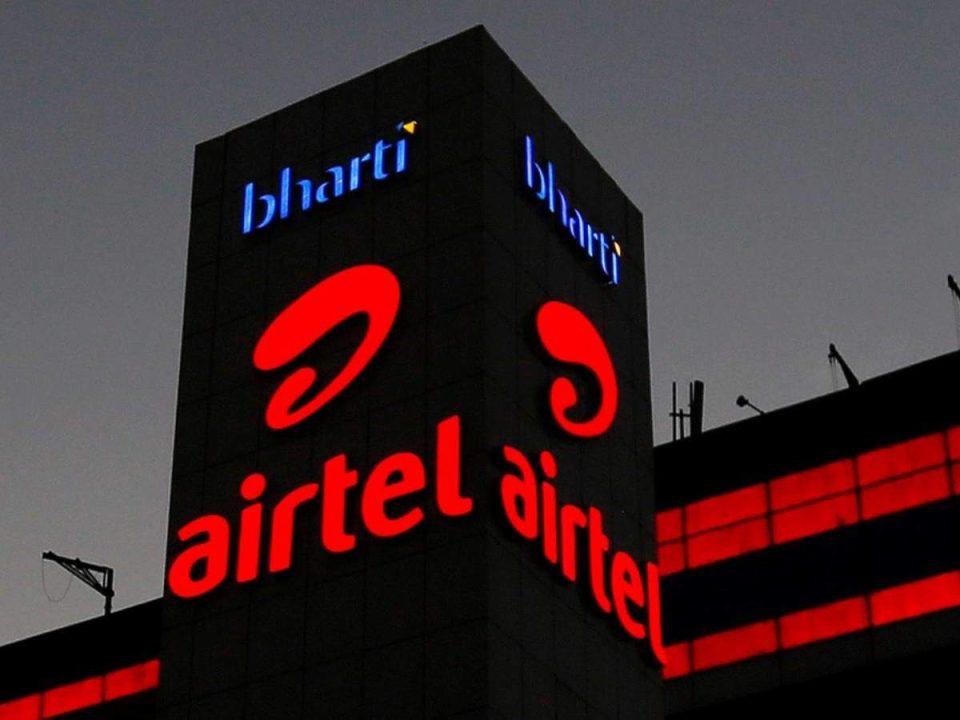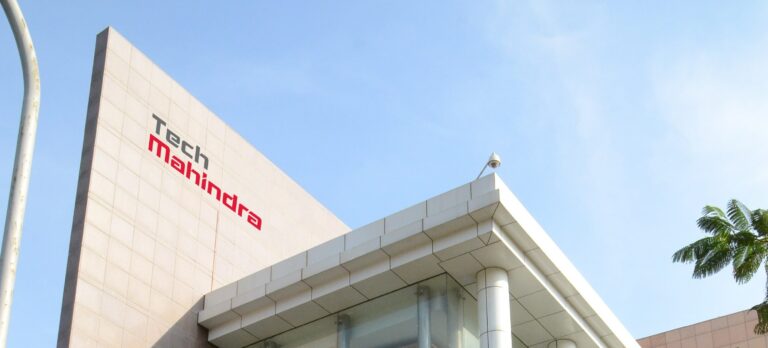Vodafone Idea would issue 20 billion new shares at the price of Rs. 12.50 each at a 60 per cent discount. Therefore, shareholders would be able to buy 87 shares for every 38 shares. The rights issue will significantly increase the number of Vodafone Idea shares by 229 per cent.
In a statement, the company said, “The rights entitlement is determined as 87 equity shares for 38 equity shares held by the eligible shareholders. The issue will open on 10 April 2019, and will close on 24 April 2019”
The rise in the discount has led the shares of Vodafone Idea falling about 7% intraday, before recovering to close 3.3% higher at Rs. 33.10.
Read EquityPandit’s Technical Analysis of Nifty
Reduced Windfall Tax on Domestic Crude by Government

The union government has lowered the windfall tax on locally produced crude oil sales to $13,000 per tonne.
The sale of Indian-produced crude oil has been subject to an extra levy of $17,750 per tonne for the past two weeks.
The Center has also reduced the cess on the export of aviation turbine fuel (ATF) to $2 per litre. ATF shipments have not been subject to the cess for the last two weeks.
The special additional excise duty on diesel export has been raised from $5 to $6 per litre, which would be $7 per litre with a cess.
Without the imposition of the windfall tax, the export of gasoline would continue. The new rates go into effect on August 19.
On July 1, the Center imposed export taxes of $6 per litre on gasoline and ATF and $13 per litre on diesel. On the sale of domestic crude, there was a windfall tax of 23,250 per tonne.
The first review of the taxes took place on July 20. At that time, the 6-cent-per-litre duty on gasoline exports were eliminated, and the 11- and 4-cent-per-litre taxes on diesel and aviation turbine fuel (ATF) were cut.
On July 20, the tax on domestically produced crude was lowered to 17,000 per tonne.
Following the tax’s implementation on July 1, Revenue Secretary Tarun Bajaj had stated that it would be reassessed every 15 days, considering, among other things, the foreign exchange rate and world crude prices.
Fears of a recession have recently caused crude prices to decline and drop to 6-month low levels.
Higher Prices Assist Oil Companies in Keeping Q1 Windfall Tax Under Control

Global petroleum prices are being affected by demand worries in the context of the weak US and Chinese economic statistics, forecasts for rising US crude production, and developments in the Iran nuclear talks. Since reaching a high of $121 per barrel in July, Brent has fallen below $100 per barrel.
Analysts predicted that despite potential volatility, Brent prices would likely remain below $100 per barrel due to weak demand and anticipated increases in supply.
Positively, lower crude prices are good for the Indian economy, which benefits markets. For upstream oil firms like ONGC and Oil India, it could not be good news.
Oil and gas realisations and production volumes determine how much money state-run oil firms make, but since the windfall tax, the excitement surrounding crude realisations has already subsided. Oil and Natural Gas Corp. Ltd. reports consistent domestic production volumes, while its subsidiaries experienced lower production in the June quarter, ascribed to Russian oil sanctions.
Analysts do, however, anticipate that the government will reduce windfall taxes to some extent, given the falling price of crude.
Analysts have reduced their estimates for earnings despite the impressive performance. According to analysts at Elara Securities (India) Pvt Ltd, “we cut FY23 and FY24 EPS forecasts by 28per cent and 11 per cent, respectively, on lower crude oil realisation at $74 and $75 a barrel from earlier projections of $95 and $90 per barrel given $30 a barrel windfall tax.”
On July 1, the government imposed a windfall tax on crude oil that was to be periodically reviewed and was set at 23,250 per tonne ($40 per barrel); it is presently at 17,750 per tonne ($30 per barrel).
ONGC’s profitability will, therefore, probably be limited. According to Prabhudas Lilladher analysts, ONGC would not profit from rising commodity prices because their crude oil realisation will be between $60 and $70 per barrel.
Rooftop Burn in India’s 100 GW Solar Target

The BJP-led government targeted 100 GW (gigawatt) of solar energy capacity by 2022, a five-fold increase. By 2021, India had installed only 50.5 GW, according to Bridge to India, a renewable energy consultancy. The significant drag is a sub-segment called ‘solar rooftop’ panels mounted on top of commercial, industrial and residential buildings.
Of the 100 GW, 60 GW was to come from utility-scale solar plants, which stood at 41.7 GW, or 70 per cent of the target, by 2021. The rest was to come from the solar rooftop, which has managed only 8.9 GW, or 22 per cent of its target. This sub-segment added just 1.4 GW in 2020 and 2.2 GW in 2021.
- Xi Jinping Says China ‘Not Afraid’ as US-China Trade War Escalates
- PM Modi Launches 44 Projects Worth Rs 3,880 Crore in Varanasi on 50th Visit
- India’s Industrial Growth Slows to 2.9% in February on Weak Manufacturing
- Google Lays Off Hundreds in Android & Pixel Teams: Report
- What is Hero or Zero Options Trading: Strategy & Risk in Hero or Zero Trade
The deficits matter in the context of India’s solar vision. Solar is the key driver in India’s move towards green energy and to cut its CO2 emissions intensity to 33-35 per cent of its 2005 levels, as per the Paris agreement. More solar in its power portfolio would also help address the air pollution problem: India has 63 of the world’s 100 most polluted cities, according to IQAir (Swiss air quality technology company).
One reason why India has struggled to achieve its solar targets is what Crisil Research terms an “unstable policy environment”. “This is evident in the growing incoherence between the policy thrust on renewable energy on the one hand and the actual action by implementation agencies like the Solar Corporation of India (SECI) and state distribution companies on the other,” it said.
Airtel Commissions 21-MW Solar Power Plant

Bharti Airtel announced that it had commissioned a new 21-megawatt solar power plant in the Buldhana district of Maharashtra to decrease the carbon footprint and contribute to the global efforts of stopping the effects of climate change. The company thinks that the solar-powered unit can reduce 25,517 tonnes in carbon emissions per year. Airtel has set up the solar power unit in collaboration with Avaada to supply clean energy to Airtel’s Nxtra data centres and switching centres in Maharashtra, the company said in a statement.
“Sustainability is the priority area for Nxtra by Airtel. This is a step towards our commitment to sourcing over 50 per cent of power necessities of our data centres through renewable energy in the next 12 months,” Nxtra by Airtel CEO Rajesh Tapadia said. Nxtra by Airtel has already commissioned two 14 MW captive solar power units in Uttar Pradesh. The company claims to have the largest network of data centres in India with 11 large and 120 edge data centres and will invest over Rs 5,000 Crores in the next four years to expand its capacity by three times.
Tech Mahindra Invests $125 Million in Allyis India and Green Investments

Tech Mahindra announced that they had purchased a 100 per cent stake in Allyis India and Green Investments for $125 million in an all-cash deal. The entities, Allyis India Pvt Ltd and Green Investments LLC holding companies for Allyis Group, also called Target, is based in Seattle and has over 660 employees. Target had reported earnings of $39.6 million for FY 2020.
The company said in a BSE filing that the investment would strengthen Tech Mahindra’s abilities in digital experience solutions like learning & development, marketing, instructional design, cloud & automation, BI & analytics and technical support services. The last three year’s total turnover for both of the entities was $39.6 million in FY20, $34 million in FY19 and $31 million in FY18. The FY21 turnover from Jan 1, 2021. to Nov 30, 2021, was at $45.7 million.






